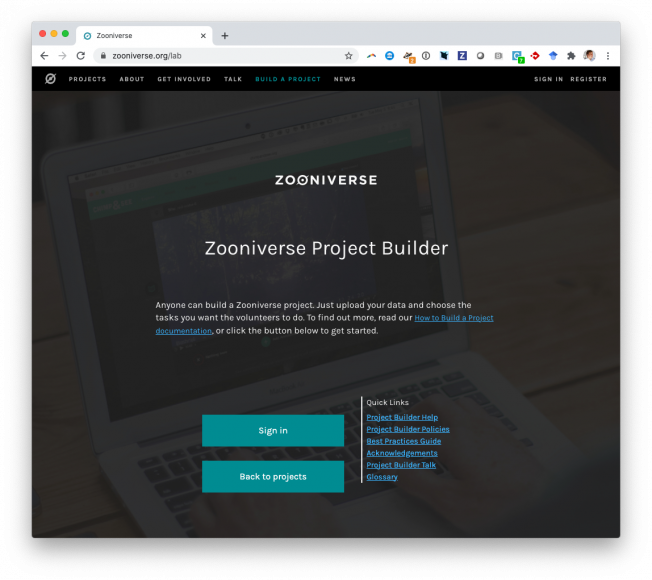Radio galaxy zoo: Unsupervised clustering of convolutionally auto-encoded radio-astronomical images
Publications of the Astronomical Society of the Pacific IOP Publishing 131:1004 (2019) 108011
Abstract:
This paper demonstrates a novel and efficient unsupervised clustering method with the combination of a self-organizing map (SOM) and a convolutional autoencoder. The rapidly increasing volume of radio-astronomical data has increased demand for machine-learning methods as solutions to classification and outlier detection. Major astronomical discoveries are unplanned and found in the unexpected, making unsupervised machine learning highly desirable by operating without assumptions and labeled training data. Our approach shows SOM training time is drastically reduced and high-level features can be clustered by training on auto-encoded feature vectors instead of raw images. Our results demonstrate this method is capable of accurately separating outliers on a SOM with neighborhood similarity and K-means clustering of radio-astronomical features. We present this method as a powerful new approach to data exploration by providing a detailed understanding of the morphology and relationships of Radio Galaxy Zoo (RGZ) data set image features which can be applied to new radio survey data.Author Correction: Time-lapse imagery and volunteer classifications from the Zooniverse Penguin Watch project.
Scientific data (2019)
Abstract:
An amendment to this paper has been published and can be accessed via a link at the top of the paper.Secularly powered outflows from AGN: the dominance of non-merger driven supermassive black hole growth
Monthly Notices of the Royal Astronomical Society Oxford University Press (OUP) (2019)
Abstract:
The Frequency of Dust Lanes in Edge-on Spiral Galaxies Identified by Galaxy Zoo in KiDS Imaging of GAMA Targets
ASTRONOMICAL JOURNAL 158:3 (2019) ARTN 103
Abstract:
© 2019. The American Astronomical Society. All rights reserved.. Dust lanes bisect the plane of a typical edge-on spiral galaxy as a dark optical absorption feature. Their appearance is linked to the gravitational stability of spiral disks; the fraction of edge-on galaxies that displays a dust lane is a direct indicator of the typical vertical balance between gravity and turbulence: a balance struck between the energy input from star formation and the gravitational pull into the plane of the disk. Based on morphological classifications by the Galaxy Zoo project on the Kilo Degree Survey (KiDS) imaging data in the Galaxy and Mass Assembly (GAMA) fields, we explore the relation of dust lanes to the galaxy characteristics, most of which were determined using the Magphys spectral energy distribution fitting tool: stellar mass, total and specific star formation rates, and several parameters describing the cold dust component. We find that the fraction of dust lanes does depend on the stellar mass of the galaxy; they start to appear at M∗ ∼109 M o. A dust lane also strongly implies a dust mass of at least 105 M o, but otherwise does not correlate with cold dust mass parameters of the Magphys spectral energy distribution analysis, nor is there a link with the star formation rate, specific or total. Dust lane identification does not depend on disk ellipticity (disk thickness) or Sérsic profile but correlates with bulge morphology; a round bulge favors dust lane votes. The central component along the line of sight that produces the dust lane is not associated with either one of the components fit by Magphys, the cold diffuse component or the localized, heated component in H ii regions, but a mix of these two.The effect of minor and major mergers on the evolution of low-excitation radio galaxies
Astrophysical Journal American Astronomical Society 878:2 (2019) 88



